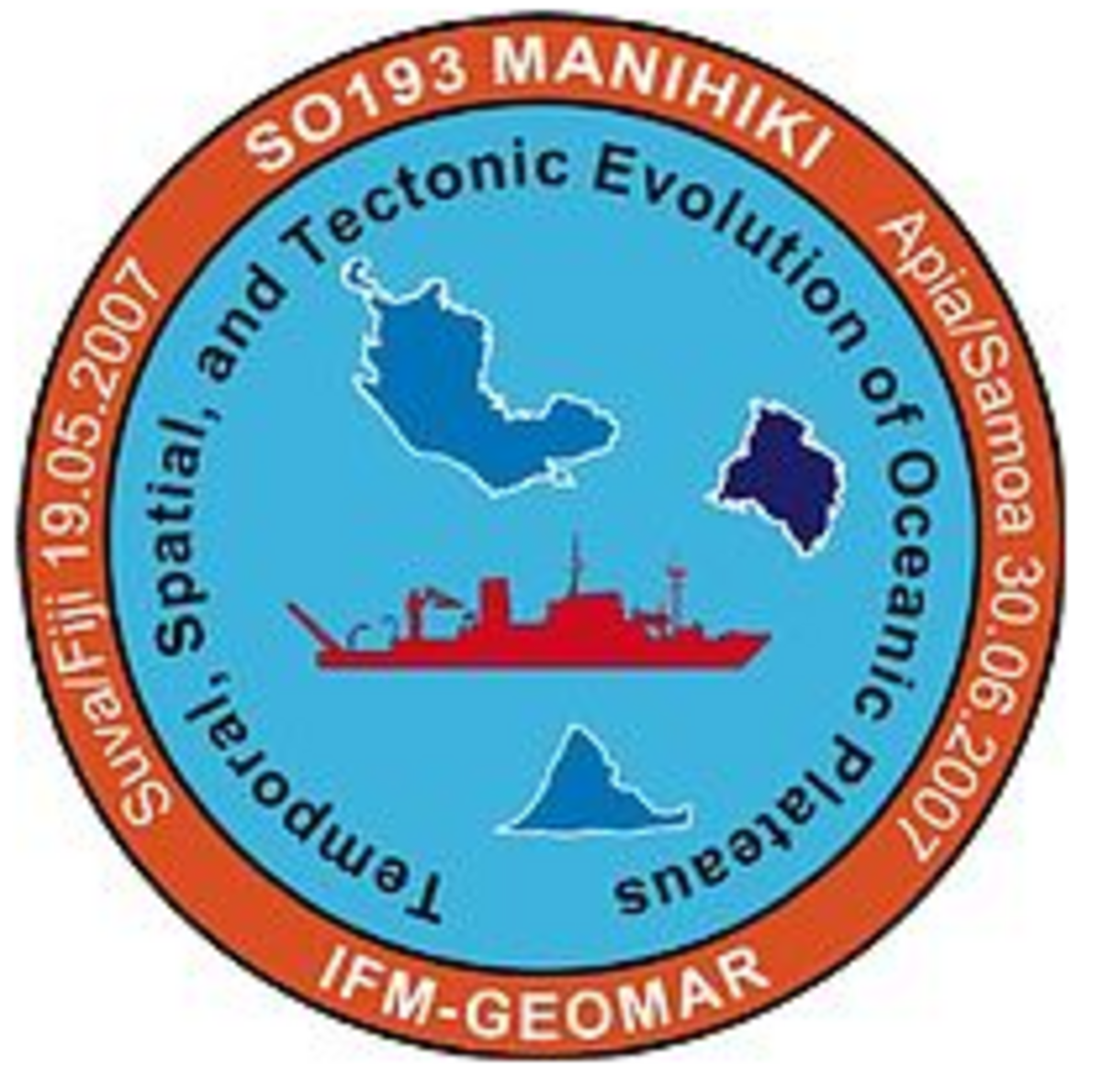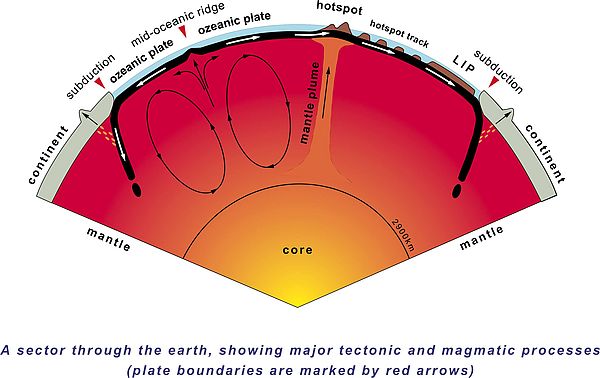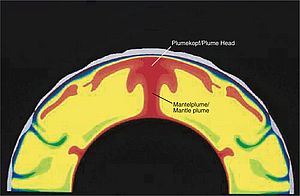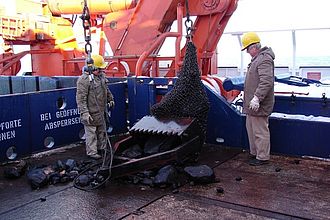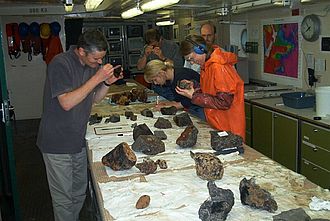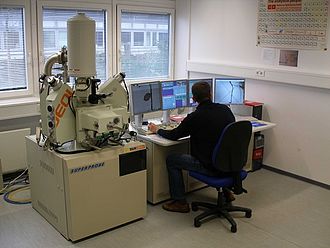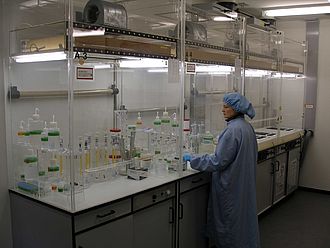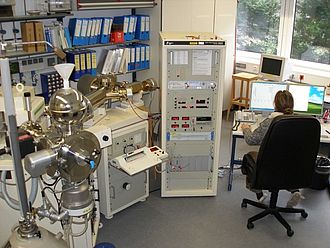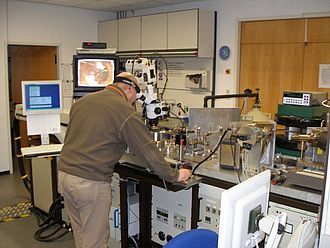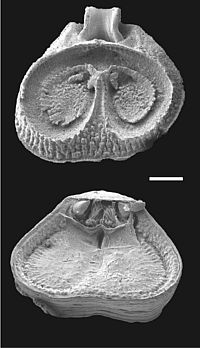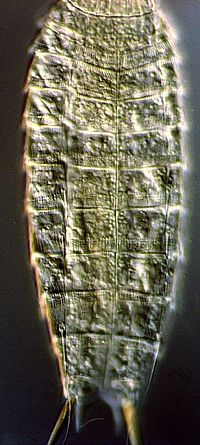Beiersdorf H, Bach W, Duncan R, Erzinger J, Weiss W (1995a) New evidence for the production of EM-type ocean island basalts and large volumes of volcaniclastites during the early history of the Manihiki Plateau. Marine Geology 122: 181-205.
Beiersdorf H, Bickert T, Cepek P, Fenner J, Petersen N, Schönfeld J, Weiss W and Won MZ (1995b) High-resolution stratigraphy and the response of biota to Late Cenozoic environmental changes in the central equatorial Pacific Ocean (Manihiki Plateau). Marine Geol 125: 29-59.
Beiersdorf H, Erzinger J (1989) Observations on the bathymetry and geology of the northeastern Manihiki Plateau, Southwestern Pacific Ocean. CCOP/SOPAC South Pacific Mar. Geol. Notes 3 (4): 33-46.
Clague DA (1976) Petrology of basaltic and gabbroic rocks dredged from the Danger Island Troughs, Manihiki Plateau. Init. Rep. DSDP 33: 891-911.
Coffin MF, Eldholm O (1993) Scratching the surface: Estimating the dimensions of large igneous provinces. Geology 21: 515-518.
Coffin MF, Eldholm O (1994) Large igneous provinces: crustal structure, dimensions, and external consequences. Reviews of Geophysics 32:1-36
Davy BW, Wood RA (1994) Gravity and magnetic modeling of the Hikurangi Plateau. Marine Geol. 118: 139-151.
Duncan RA, Pyle DG (1988) Rapid eruption of the Deccan flood basalts at the Cretaceous/Tertiary boundary. Nature 333: 841-843.
Geldmacher J, Hoernle K, Bogaard Pvd, Duggen S, Werner R (2005) New 40Ar/39Ar age and geochemical data from seamounts in the Canary and Madeira Volcanic Provinces: A contribution to the “Great Plume Debate”. Earth and Planetary Science Letters 237: 85-101.
Geldmacher J, Hoernle K, Klügel A, Bogaard Pvd, Duggen S (2006) A geochemical transect across a heterogeneous mantle upwelling: implications for the evolution of the Madeira hotspot in space and time. Lithos 90: 131-144.
Gladczenko TP, Coffin MF, Eldholm O (1997) Crustal structure of the Ontong Java Plateau: modeling of new gravity and existing seismic data. J Geophys Res 102: 22710-22729.
- Griffiths RW, Campbell IH (1991) Interaction of mantle plume heads with the Earth’s surface and onset of small-scale convection. J Geophys Res 96: 18,295-18,310.
Hart SR, Hauri EH, Oschmann LA, Whitehead JA (1992) Mantle plumes and entrainment: isotopic evidence. Science 256: 517-520.
Hoernle K, Zhang Y-S, Graham D (1995) Seismic and geochemical evidence for large-scale mantle upwelling beneath the eastern Atlantic and western and central Europe Nature 374: 34-39.
Hoernle K, Bogaard Pvd, Hauff F (2004a) A 70 Myr history (69-139 Ma) for the Caribbean Large Igneous Province. 32: 697-700.
Hoernle K, Hauff F, Werner R, Mortimer N (2004) New Insights into the Origin and Evolution of the Hikurangi Oceanic Plateau (Southwest Pacific) from Multi-beam Mapping and Sampling. EOS Transactions AGU Feature 85(41): 401-408.
Hofmann AW (1988) Chemical differentiation of the earth: the relationship between mantle, continental crust, and oceanic crust. Earth Planet Sci Lett 90: 297-314.
Hooper PR (2000) Flood Basalt Provinces. In: Sigurdson H (Ed.). Encyclopedia of Volcanoes, Academic Press: 345-360.
Hussong DM, Wipperman LK, Kroenke LW (1979) The crustal structure of the Ontong Java and Manihiki oceanic plateaus. J Geophys Res 84 (B11): 6003-6010.
Ingle S, Coffin MF (2004) Impact origin for the greater Ontong Java Plateau? Earth Planet Sci Lett 218: 123-134.
Jackson ED, Bargar KE, Fabbi BP, Heropoulos C (1976) Petrology of the basaltic rocks drilled on Leg 33: 571-630.
Jenkyns HC (1976) Sediments and sedimentary history, Manihiki Plateau, South Pacific Ocean. Init. Rep. DSDP 33: 873-890.
McNut MK, Caress DW, Reynolds J, Jordahl KA, Duncan RA (1997) Failure of plume theory to explain midplate volcanism in the southern Austral islands, Nature 389: 479-482
- Morgan WJ (1971) Convection plumes in the lower mantle. Nature 230: 42-43
Lanphere MA, Dalrymple GB (1976) K-Ar ages of basalts from DSDP Leg 33: Sites 315 (Line Islands) and 317 (Manihiki Plateau). Init. Rep. DSDP 33: 649-653.
Larson RL, Erba E (1999) Onset of the mid-Cretaceous greenhouse in the Barremian-Aptian: Igneous events and the biological, sedimentary, and geochemical responses. Paleoceanography 14, 6: 663-678
Mahoney JJ (1987) An isotopic survey of Pacific oceanic plateaus: Implications for their nature of origin, In: Keating B, Fryer P, Batiza R, Boehlert G (Eds.). Seamounts, Islands, and Atolls, Geophys. Monogr. Ser. 43: 207-220, AGU, Washington, D.C.
Mahoney JJ, Coffin MF (Eds.) (1997) Large Igneous Provinces: Continental, Oceanic, and Planetary Flood Volcanism. Geophysical Monograph 100, AGU, Washington, DC: pp 438
Mahoney JJ, Spencer KJ (1991) Isotopic evidence for the origin of the Manihiki and Ontong Java oceanic plateaus. Earth Plant Sci Letts 104: 196-210.
Mahoney JJ, Storey M, Duncan RA, Spencer KJ, Pringle M (1993) Geochemistry and age of the Ontong Java Plateau. Geophysical Monograph Series 77: 233-261
Micheal PJ (1999) Implications for magmatic processes at Ontong Java Plateau from volatile and major clement contents of creataceous basalt glass. Geochem Geophys Geosys 1 (1999GC000025)
O’Connor J M, Stoffers P, Wijbrans JR, Shannon PM, Morrissey T (2000) Evidence for episodic seamount volcanism for pulsing of the Iceland plume in the past 70 Myr. Nature 408, 954-958.
Mortimer N, Parkinson DL (1996) Hikurangi Plateau: a Cretaceous large igneous province in the southwest Pacific Ocean. Journal of Geophysical Research 101: 687-696
- Richards MA, Duncan RA, Courtillot VE (1989) Flood basalts and hot spot tracks: Plume heads and tails. Science 246: 103-107.
Rogers GC (1982) Oceanic plateaus as meteorite impact signatures. Nature 299: 341-342.
Steinberger B, Sutherland R, O´Connell RJ (2004) Prediction of Emperor-Hawaii seamount locations from a revised model of global plate motion and mantle flow. Nature 430: 167-173
Tarduno et al. (2003) The Emperor Seamounts: Southward Motion of the Hawaiian Hotspot Plume in Earth Mantle. Science 301: 1064-1069
Tejada MLG., Mahoney JJ, Neal CR, Duncan RA, Petterson MG (2002) Basement Geochemistry and Geochronology of Central Malaita, Solomon Islands, with Implications for the origin and evolution of the Ontong Java Plateau. J Petrol 43: 449-484.
Tejada MLG, Mahoney JJ, Castillo PR, Ingle SP, Sheth HC, Weis D (2004) Pin-pricking the elephant (ODP Leg 192): Pb-Sr-Hf-Nd isotopic evidence for the origin of the Ontong Java Plateau. Geol. Soc. of London volume on the Ontong Java Plateau 24: 133-150.
White RS, McKenzie (1995) Mantle plumes and flood basalts. J. Geophys. Res. 100: 17,543-17,585.
- Wood RA, Davy BW (1994) The Hikurangi Plateau. Marine Geol. 118: 153-173


